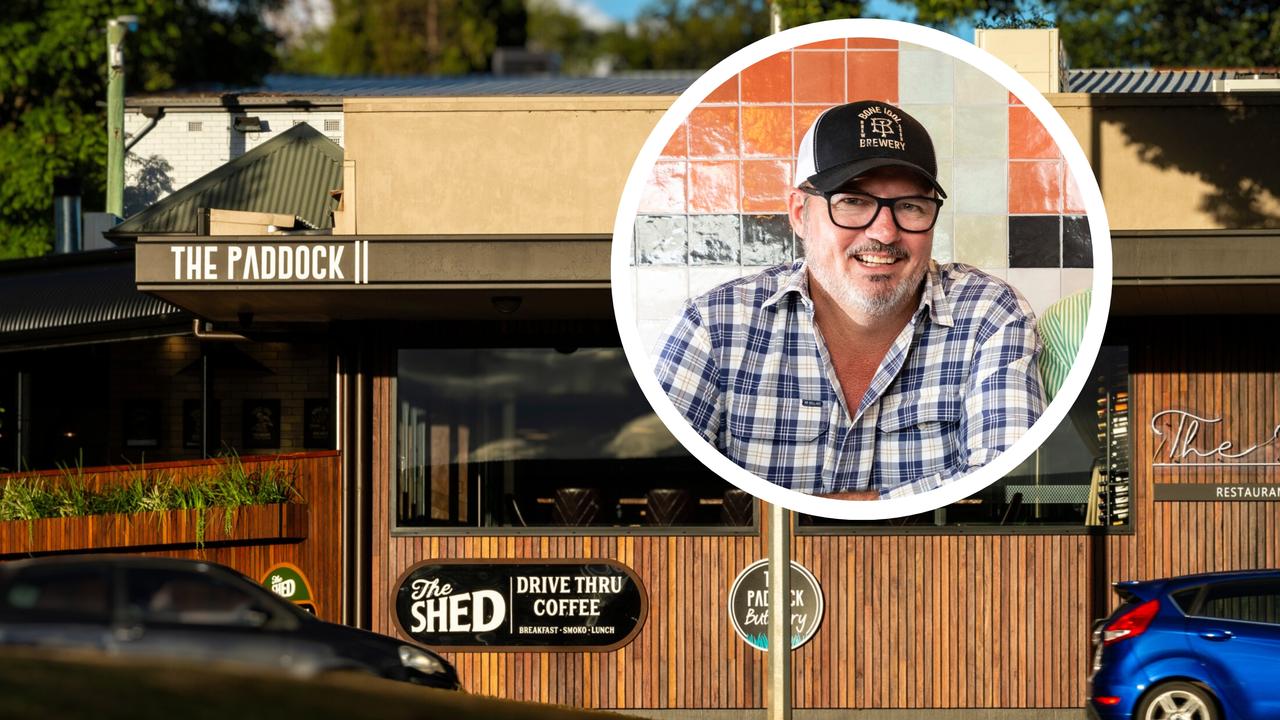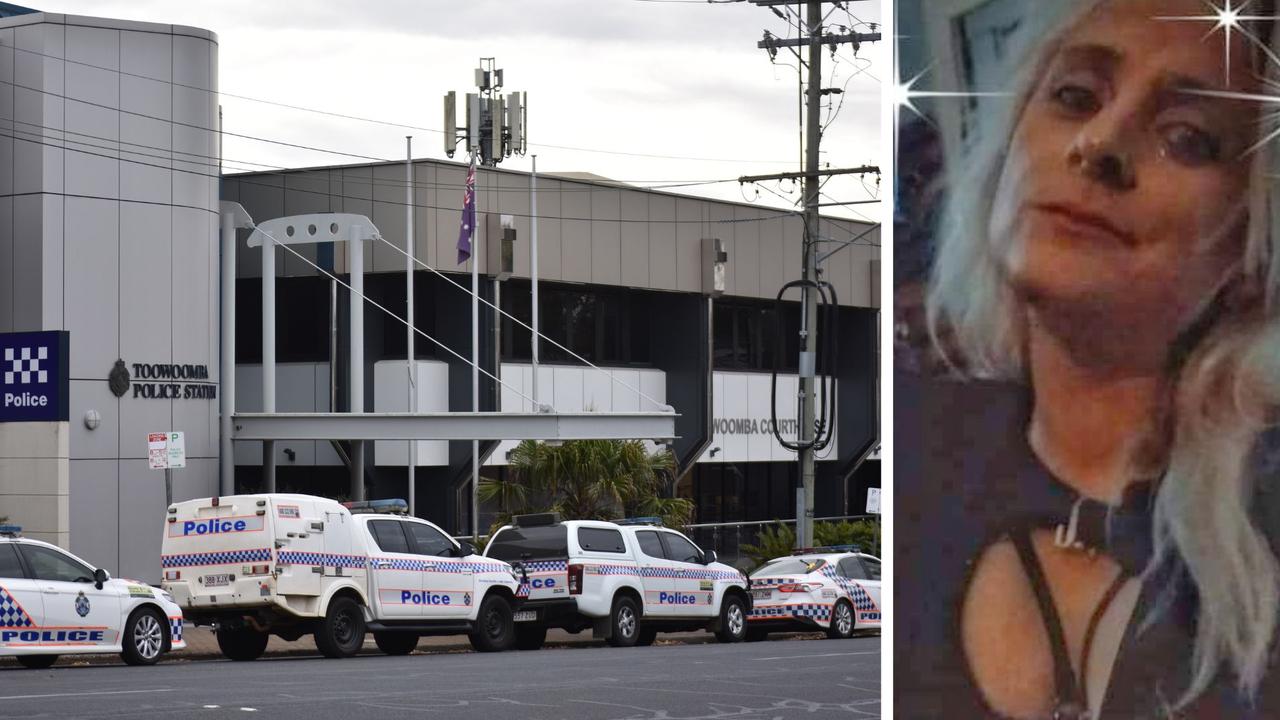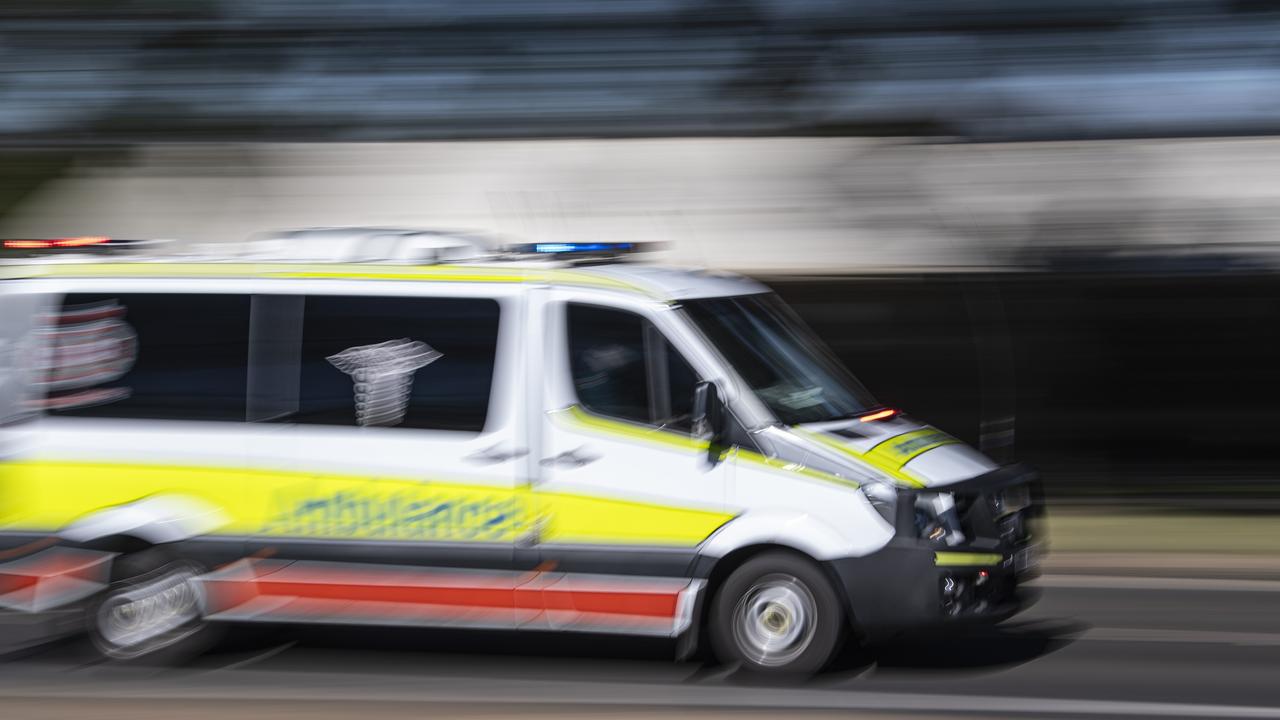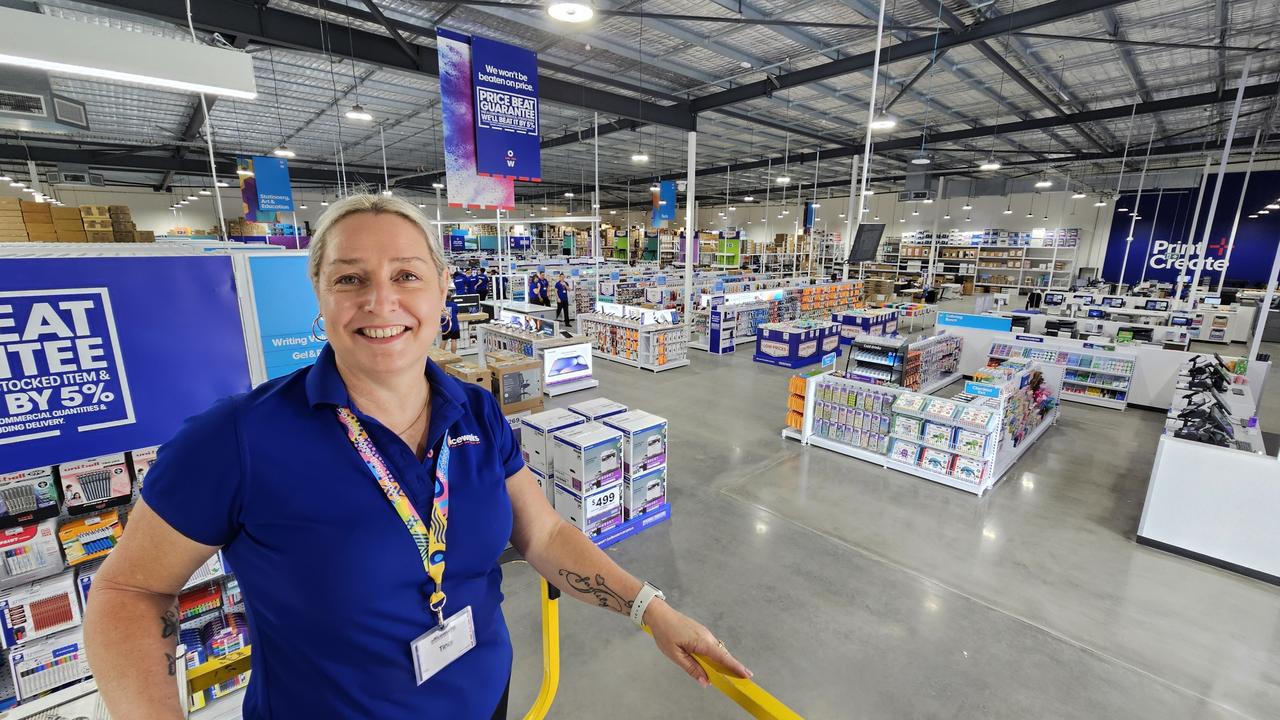Inland Rail: Expert says project one of country’s biggest infrastructure disasters
The man who has been described as the “father of the Inland Rail” has labelled the project the biggest infrastructure disgrace in Australian history, and made a shock prediction about its future.

Toowoomba
Don't miss out on the headlines from Toowoomba. Followed categories will be added to My News.
Toowoomba’s political and economic leaders have urged the federal government to ensure the much-maligned Inland Rail reaches the Darling Downs, after serious doubts were cast about the bloated project’s future in Queensland.
A month after Dr Kerry Schott’s damning review into the cost blowout of the nation-building rail link, a shake-up appears to be occurring within the project’s deliverer, the Australian Rail Track Corporation.
The ARTC and the previous Coalition Government were the subjects of fierce criticism in Dr Schott’s report, which concluded the rail operator lacked the expertise, experience, business structure and leadership to roll out the Inland Rail.
The report also found the delivery cost had now blown out to more than $31bn – double what the project was promised to cost when it was announced in the 2017 budget.
Not only has the final destination of the double-stacked Queensland section been changed to the locality of Ebenezer west of Brisbane, in line with recommendations within Dr Schott’s report, but the new Labor government appears to be moving to a staged approach with its delivery.
In a newsletter to stakeholders on May 15, ARTC said the government had only committed the rail between Beveridge and Parkes and had not made a future decision on any sections north of Narromine.
“Future decisions by the Australian Government on the delivery of Inland Rail sections north of Narromine in NSW will be contingent on gaining the required primary approvals and the Government having greater certainty as to the cost and delivery of Inland Rail,” the email said.

UQ academic and author Everald Compton, who has been described as the “father of the modern Inland Rail”, slammed the project’s delivery to this point and believed there were no guarantees on its final scope.
“The way in which Inland Rail has performed gives no one any certainty,” he said.
“I think when the government responded to the report, (Infrastructure Minister) Catherine King (has) only guaranteed it will be built as far as Parkes, so there’s no guarantee (for Queensland).
“You’ve got all this nonsense about Ebenezer, it will not go beyond Toowoomba – hell will freeze over.
“It’s the biggest infrastructure disgrace in the history of Australia.”
The loss of the Queensland section of Inland Rail, while unlikely, would render plans for multimillion-dollar freight hubs in Wellcamp and Charlton dead in the water.

Wagner Corporation’s John Wagner, whose company has partnered with Pacific National to build a $110m intermodal hub, said he still believed Inland Rail would be delivered to Toowoomba.
“I believe it will definitely come through to Toowoomba but I think it’s highly unlikely it will go to the Port of Brisbane in the short term,” he said.
“So it gets to the Macintyre River and then it just turns around? It’s got to come through to Toowoomba.”
Toowoomba’s deputy mayor Geoff McDonald said the Inland Rail was an essential cog in the region’s future growth.
“What we’ve seen after the Kerry Schott review that the cost of delivering this project has ballooned out to an area that wouldn’t have been expected, so I can understand why the government is doing that work,” he said.
“The best idea should be port to port but if it finishes in Toowoomba, it wouldn’t be the worst thing.
“There’s a lot at play and you’d hate the project to be derailed before it gets to Queensland.”

Groom MP Garth Hamilton said the while he was not convinced of the suggestion of an intermodal terminal at Ebenezer, he said Toowoomba needed to be included as part of the Inland Rail.
He also vaunted ending the project at Toowoomba itself, which was an idea that was raised before being dismissed in Dr Schott’s report, including a section in the document that was mysteriously redacted.
“The risk of Toowoomba missing out is huge and the damage it would do in terms of opportunities is huge,” Mr Hamilton said.
“I’m just disappointed that they could come up with Ebenezer – their solution is a place that doesn’t have a business plan.
“The report dismissed Toowoomba as the end point, and the section is redacted (except) that there was ‘low level of interest from industry’ – you go tell that to John Wagner and Interlink SQ that.”
While he wouldn’t criticise the former government’s handling of the project, Mr Hamilton believed the ARTC were never the right organisation to deliver it.
“ARTC were fundamentally the wrong body to deliver this. That’s a very fair statement and a lot of constituents have suffered for it,” he said.
Ms King’s office was contacted for comment.
How Toowoomba fits into $15bn alternate Inland Rail route
The man described as “the father of the modern Inland Rail” says his $15bn alternate route case study for the project will not run through Toowoomba, but our region can still play a major role.
Academic, author and rail advocate Everald Compton says he is deep in talks with several state governments over his new Melbourne to Gladstone proposal.
The case study for the radical shift in route, which would use existing line developed to Parkes and take it through Goondiwindi and Miles before heading to Gladstone, is already being looked at by both the Queensland and New South Wales governments according to Compton.
The 88-year-old, who has been fiercely critical of the Australian Rain Track Corporation’s handling of the project, said his proposal would cost just $15bn and deliver on what international shipping companies wanted most: value for money.
“I’m prepared to do my due diligence to build the section from Goondiwindi to Parkes with private capital, provided it’s linked to a major container port,” he said.
“Gladstone is the only port that could take the largest freight containers in the world (and) the big shipping container companies say they want to send their biggest freighters to Australia.
“Freight dropped at Gladstone would get to Sydney four days faster on my Inland Rail than by boat.”
Mr Compton said he was also prepared to use private capital to upgrade the rail corridor between Miles and Toowoomba, declaring the Garden City as southeast Queensland’s future distribution hub.
“I’m prepared to upgrade the existing narrow-gauge rail from Miles to Toowoomba, so Toowoomba links in with the railway at Miles,” he said.
“I believe Toowoomba is destined to be a major freight centre of Queensland, and a decentralised hub for southern Queensland.”
A different business case for an extension of the current route from Toowoomba to Gladstone via Miles was considered in the recent review of the Inland Rail, with author Dr Kerry Schott arguing it could be potentially viable in the future.
However, she questioned the existing infrastructure at Gladstone’s port and ruled both it and Toowoomba out as an alternative endpoint to the Inland Rail.
“It should not be seen as an alternative to Inland Rail linking to Brisbane as it does not cater for one of the main needs for Inland Rail, which is to service the growing population of South East Queensland,” she wrote.
“The (Toowoomba) option was not pursued due to its significant distance from Brisbane, the low level of interest from industry generating concerns about the level of competition, and concerns about the additional road freight traffic this option would generate on the Warrego Highway.”
However, Mr Compton said his plan would ensure Toowoomba saw enjoy benefits from the nation-building project.
“I’m the only player who’s likely to get a train to Toowoomba,” he said.









